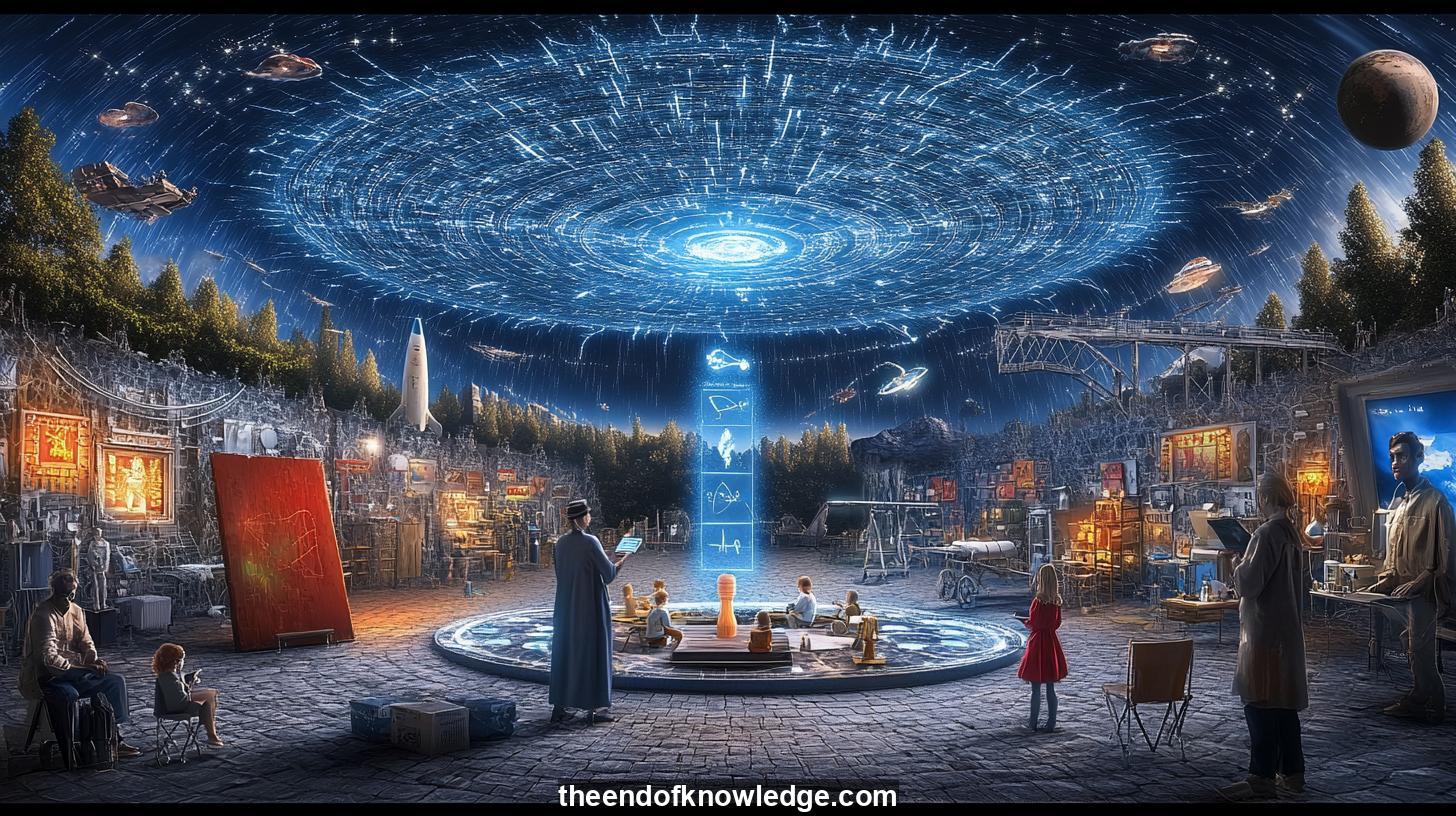 >
>
Concept Graph, Resume & KeyIdeas using DeepSeek R1 :
Resume:
Stable Diffusion, a revolutionary text-to-image AI model, is transforming the creative and artificial intelligence sectors. This technology allows users to generate high-quality images from textual descriptions, democratizing access to advanced creative tools. Unlike previous models, Stable Diffusion is open-source and requires minimal computational resources, making it accessible to individuals and small businesses. Its potential applications span marketing, art, and design, enabling rapid content creation and reducing costs. However, ethical concerns arise, such as the lack of copyright for AI-generated content and potential misuse for generating harmful material. Legal debates focus on authorship rights and the need for regulation. The model also challenges traditional notions of creativity, sparking discussions on whether AI can be considered truly creative or merely a tool. As Stable Diffusion evolves, it promises to redefine creative processes, offering unprecedented possibilities while necessitating careful consideration of its societal impact.30 Key Ideas:
1.- Stable Diffusion is an open-source text-to-image model democratizing creative tools.
2.- It requires minimal computational resources, enabling widespread use.
3.- The model generates high-quality images from text, impacting various industries.
4.- Ethical concerns include copyright issues for AI-generated content.
5.- Legal debates focus on authorship rights and potential misuse.
6.- Stable Diffusion challenges traditional creativity notions, questioning AI's creative role.
7.- It offers rapid content creation, reducing costs for businesses.
8.- The model's accessibility brings opportunities for small businesses and individuals.
9.- Ethical considerations highlight the need for regulation and responsibility.
10.- Stable Diffusion's evolution may redefine creative processes and industries.
11.- It sparks discussions on AI's role in art and design.
12.- The technology necessitates careful societal impact consideration.
13.- Open-source availability fosters collaboration and innovation.
14.- Minimal resources required make it accessible beyond large corporations.
15.- High-quality image generation enhances marketing and communication strategies.
16.- Potential applications include art, design, and scientific visualization.
17.- Ethical debates extend to privacy and data usage concerns.
18.- Legal frameworks struggle to keep pace with AI advancements.
19.- The model's impact on traditional creativity is a key discussion topic.
20.- Future developments may integrate video and 3D capabilities.
21.- AI-generated content challenges existing copyright laws.
22.- The democratization of AI tools shifts creative industry dynamics.
23.- Ethical guidelines are crucial to mitigate potential misuse.
24.- Collaboration between humans and AI may redefine creative roles.
25.- Stable Diffusion exemplifies rapid advancements in AI technology.
26.- Its applications span beyond creativity into scientific research.
27.- Open discussions on ethics and law are essential for responsible AI use.
28.- The model's accessibility lowers entry barriers for creative professionals.
29.- Continuous evolution of AI tools promises new possibilities and challenges.
30.- Stable Diffusion represents a significant leap in creative technology integration.
Interviews by Plácido Doménech Espí & Guests - Knowledge Vault built byDavid Vivancos 2025